Top Culinary Trends Shaping Asia in 2026

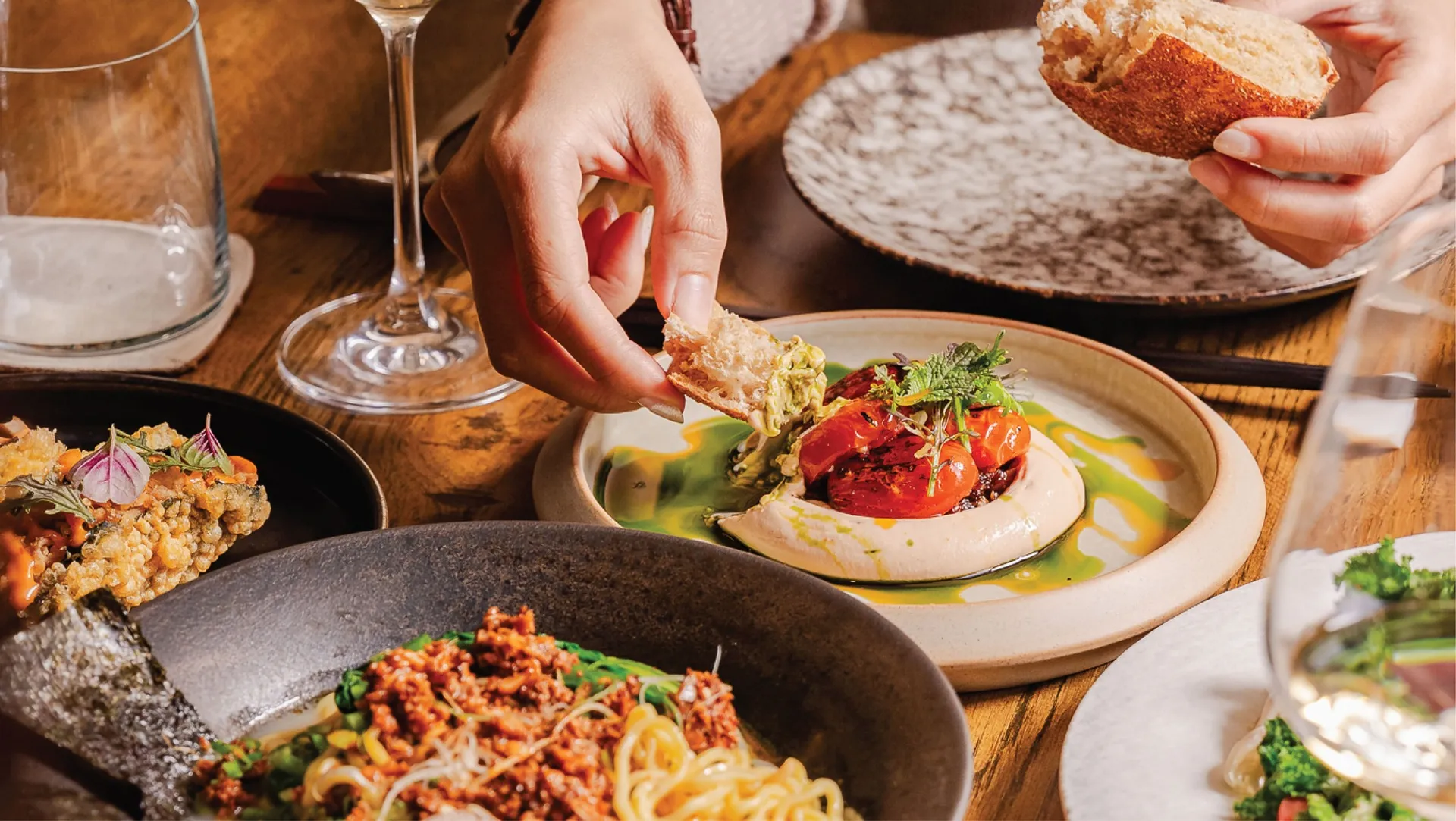
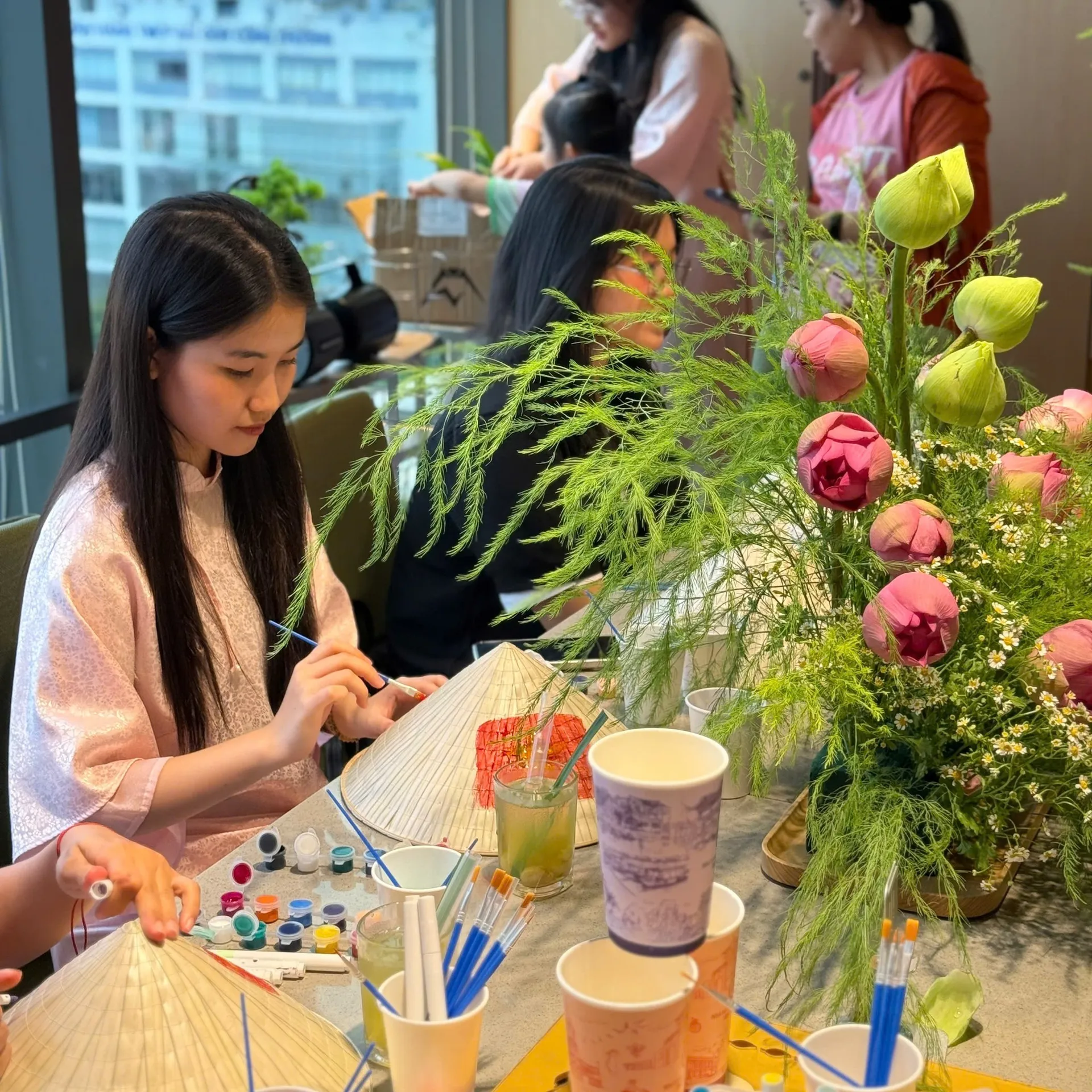
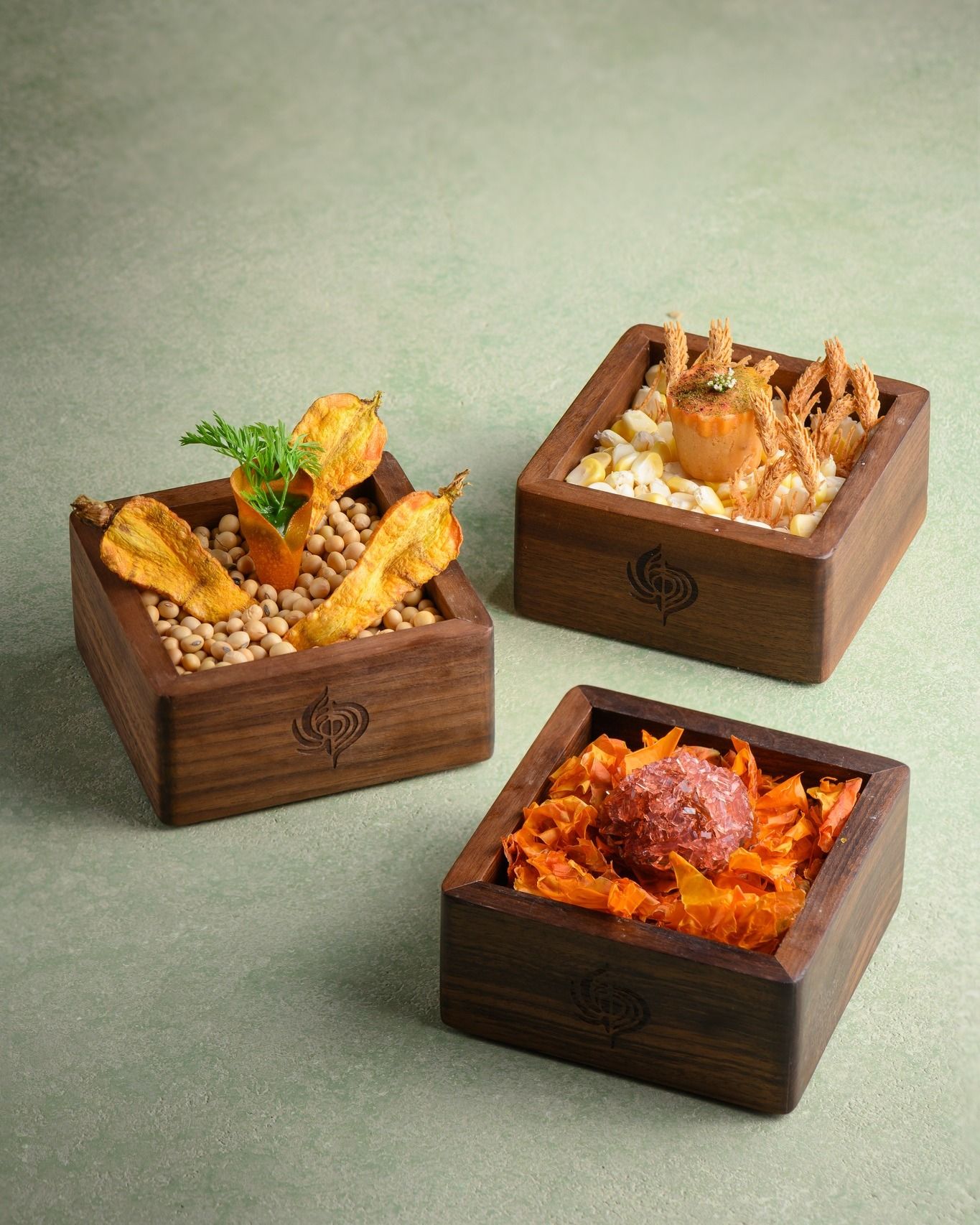
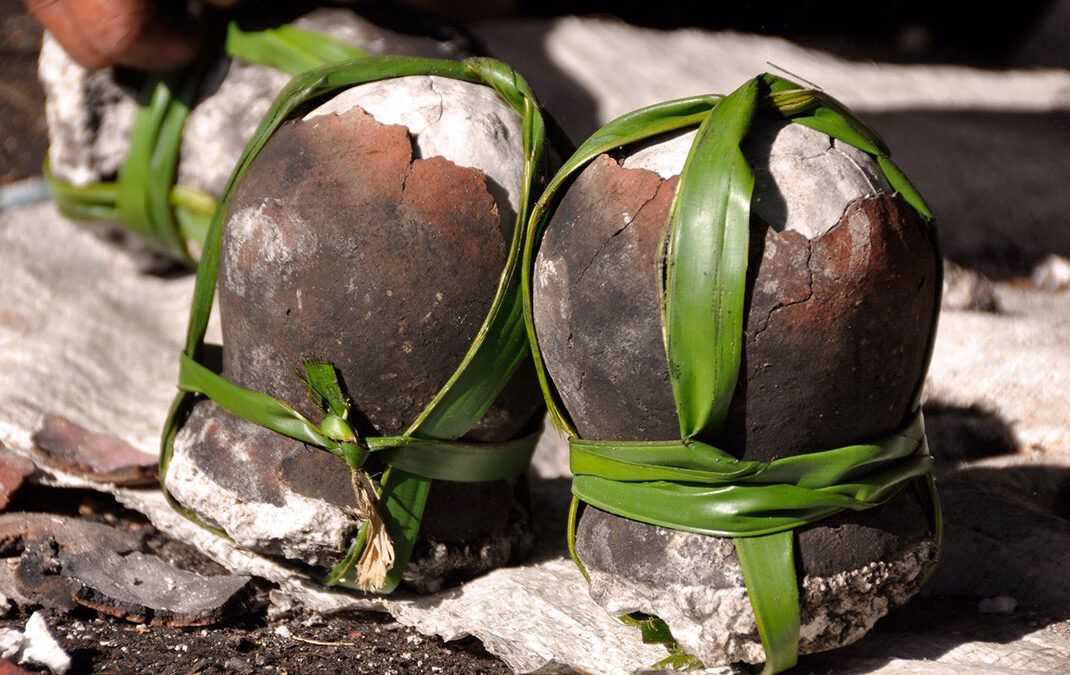
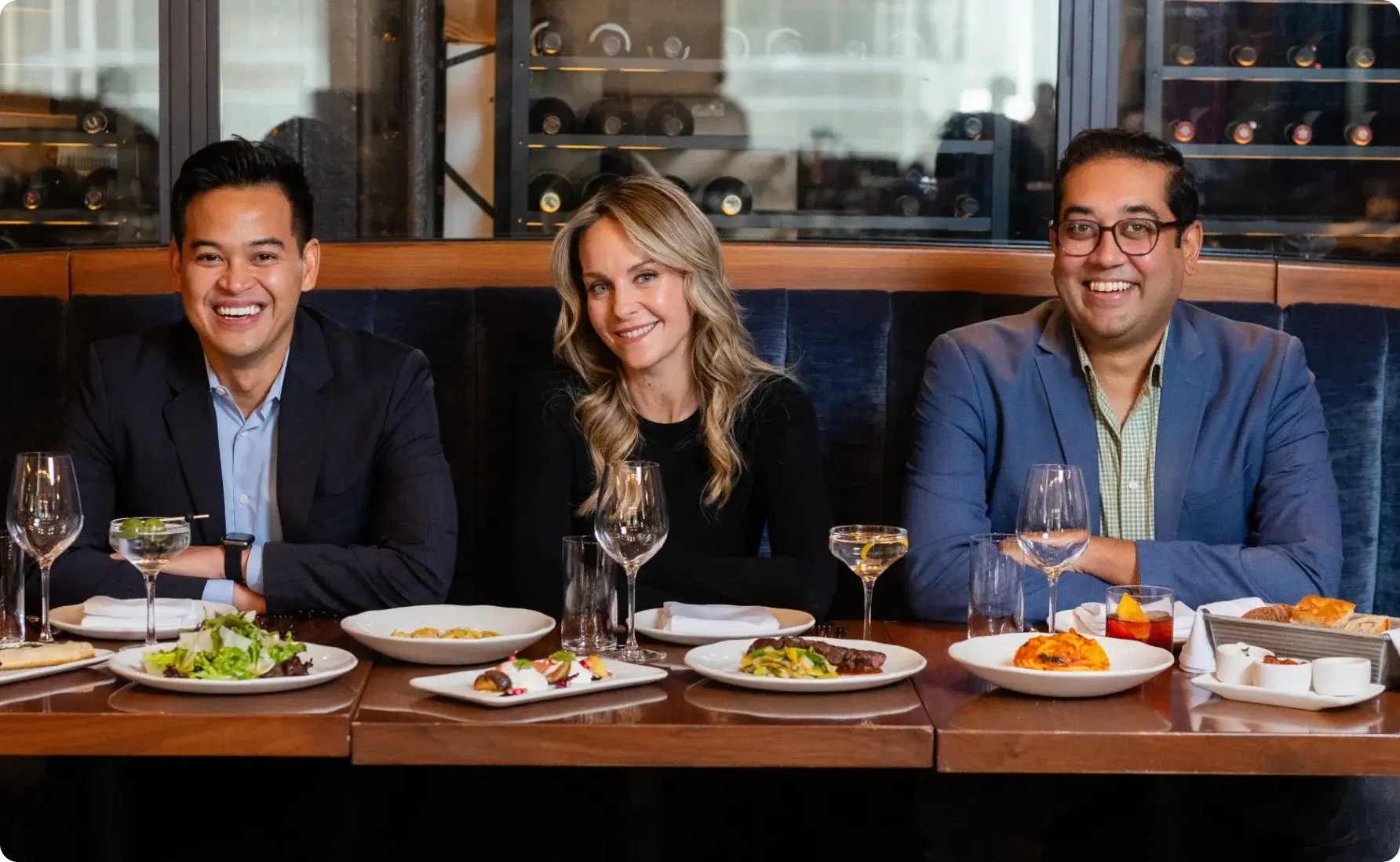

Asia-Pacific’s culinary landscape is undergoing a remarkable transformation, and Vietnam is no exception. According to The Future of Food 2026 report released by Marriott International in October 2025, the region’s dining scene is being reshaped by the revival of global travel and a growing curiosity among diners seeking authentic, immersive, and innovative food experiences.
From redefined tasting menus to AI-powered dining, here are five key trends expected to shape Asia’s culinary future in 2026, vividly reflected in Vietnam’s own gastronomic scene.
Beyond the Tasting Menu
Once a hallmark of haute cuisine, the elaborate multi-course tasting menu is evolving toward a more flexible, approachable form. Today’s diners crave creativity and quality, but with convenience and personalization.
“Comfort food has become the new luxury,” shares Daniel Ayres, Director of Restaurant & Bar Development for Marriott International’s Luxury Hotels in Asia Pacific (excluding China). “In a fast-changing world, people are seeking familiarity with refined touches. Chefs are elevating everyday favorites with premium ingredients and fine-dining techniques.”
A 2025 Marriott survey across 270 hotels and resorts in 20 countries found that 53% of guests prefer à la carte dining, while 59% favor casual over formal experiences. In Vietnam, restaurants like Cela in Ho Chi Minh City, operated by the creative minds behind Tales by Chapter, are reimagining plant-based cuisine with sustainability-driven concepts that merge comfort and sophistication.
The Rise of Multi-Sensory Dining
Modern diners no longer settle for taste alone, they seek full immersion. Across Asia, restaurants and resorts are designing dining journeys that engage all senses through storytelling, music, art, and performance.
At Regent Phu Quoc, the Taste Studio event series curates experiences blending culinary artistry with visual design, dance, and Vietnamese culture. Meanwhile, Dạ Dining in Ho Chi Minh City captivates guests with theatrical fusions of jazz dance, drag performances, and cross-cultural storytelling, while SÓNO stages its culinary showcases as “A Table of Tales, A Stage of Dreams.”
Even popular chains like Haidilao have embraced multi-sensory experiences. Guests can enjoy complimentary massages, manicures, and snacks while waiting for their table, transforming a casual meal into a fully personalized, interactive event.
Culinary Storytelling and Cultural Heritage
A new generation of Asian chefs is redefining the role of gastronomy, not just as cuisine but as cultural narration. They are merging global techniques with local heritage, blending innovation with preservation.
In Vietnam, Chef Viet Hong of CieL in Ho Chi Minh City, named “Young Chef of the Year” by the Michelin Guide Vietnam 2025, exemplifies this movement. With international experience at renowned kitchens like Noma Copenhagen and Sezanne Tokyo, Hong infuses each dish with personal memories and cultural narratives. For these chefs, food is not only about flavor, it is a language that tells stories of family, place, and identity.
Ingredients of the Future
Asian chefs are diving deeper into traditional fermentation methods and rediscovering regional ingredients with complex flavors. Beyond familiar staples like miso, gochujang, or fish sauce, new stars are emerging, such as sawsawans from the Philippines and rempahs or sambals from Malaysia, Indonesia, and Singapore. Vinegar has also become a key focus for experimentation.
Salt, too, has turned into a coveted artisan ingredient. The rare Asin Tibuok sea salt from Bohol, Philippines, crafted by filtering seawater through burnt coconut husk ash, has become prized for its smoky, earthy aroma. Other unique salts from Bali, Kampot, and Japan’s Noto Peninsula are gaining global attention, while plant-based salts like Nipah from mangrove palms represent a sustainable innovation.
With climate change affecting crop yields, ancient grains such as Adlai from the Philippines and Konjac rice from Japan are emerging as nutritious, sustainable staples for the future.
Technology Elevating the Culinary Experience
Artificial intelligence is quietly revolutionizing dining across Asia. From personalized menu recommendations to guest preference tracking, platforms like SevenRooms are helping restaurants tailor every aspect of the dining experience.
When thoughtfully applied, AI complements rather than replaces human creativity. However, only 38% of guests currently feel comfortable letting AI manage reservations or personal details, according to SevenRooms.
In Dubai, innovation has reached a new milestone with Aiman, the world’s first AI Executive Chef, created by UMAI for the soon-to-open restaurant Woohoo. Aiman designs menus, analyzes feedback, and continuously learns from real-world interactions, blending data-driven intelligence with culinary artistry. Human chefs still execute and refine each dish, but Aiman acts as a creative co-pilot, pushing the boundaries of sustainability, flavor, and imagination.
As Asia steps into 2026, the region’s culinary scene stands at the crossroads of tradition and transformation. From intimate tasting menus reinvented with comfort and creativity, to AI-driven dining experiences and ancient ingredients revived for modern sustainability, the future of food in Asia promises to be as diverse, dynamic, and delicious as the cultures that inspire it.
Recent Post

Hà Giang Through the Four Seasons
Hà Giang ha...
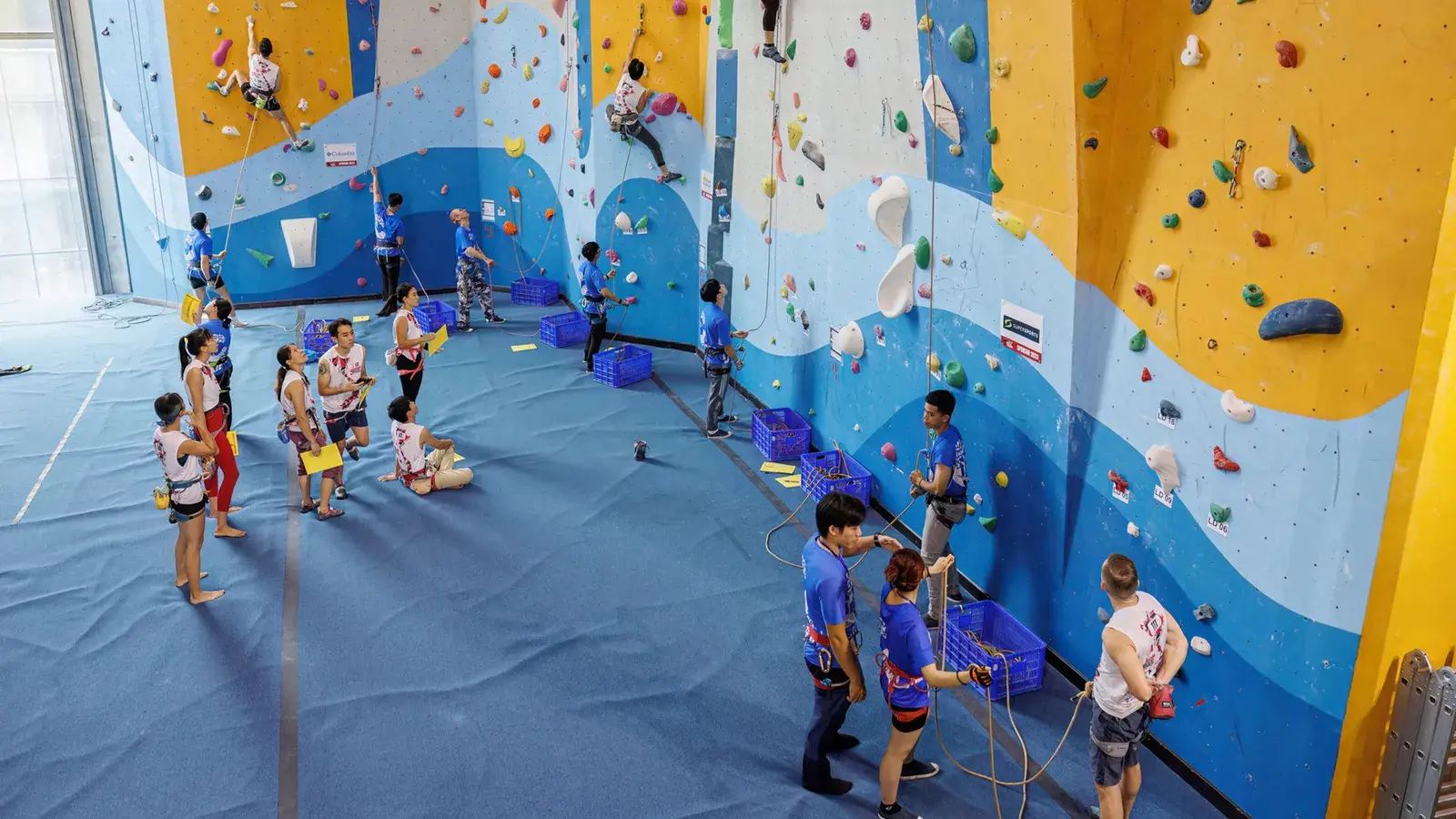
Conquering Indoor Climbing Walls – The Ultimate Urban Adventure for Thrill Seekers
Indoor climbing is...
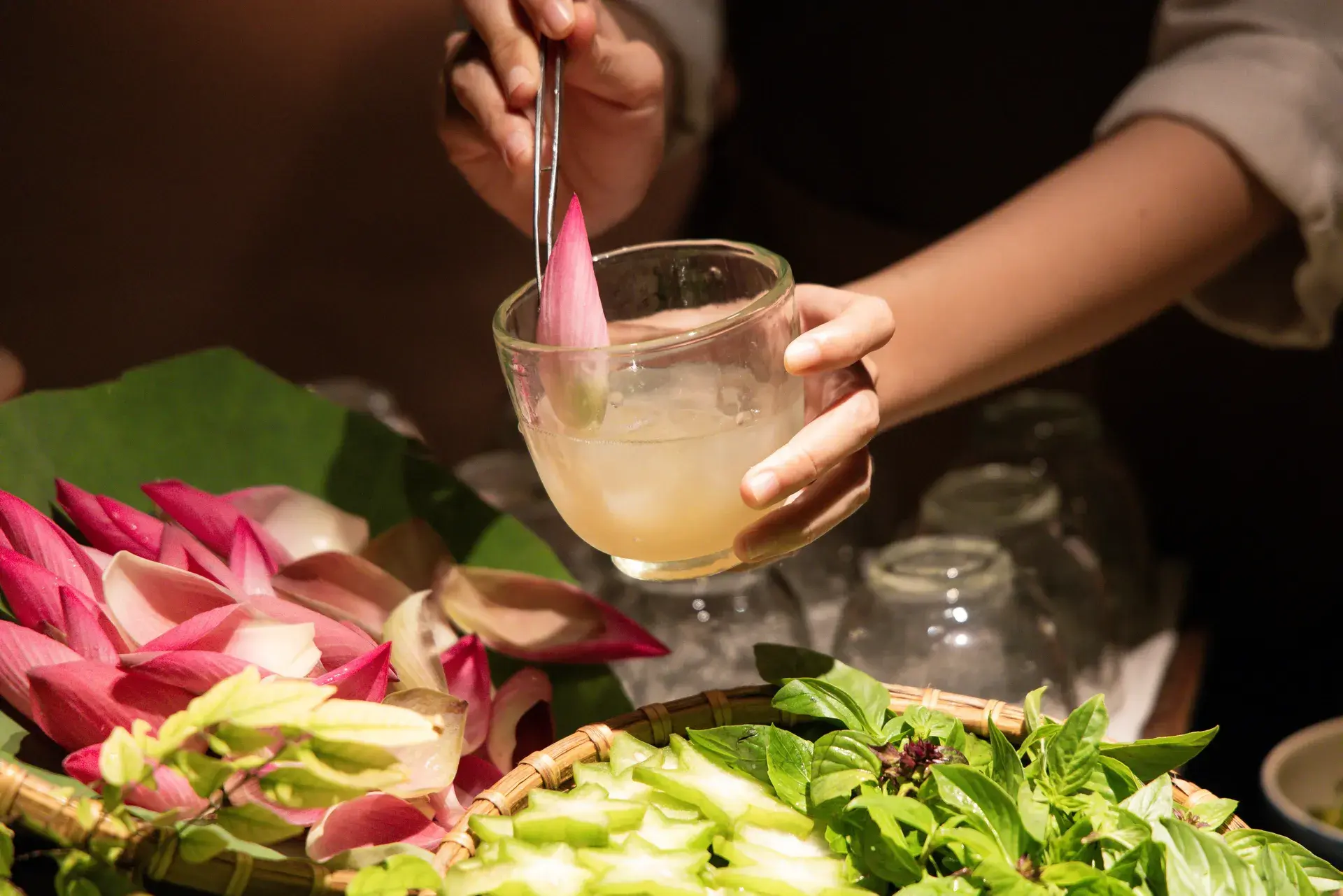
A Plant-Based Autumn Feast by HUM
Autumn in Vietnam...

Top Culinary Trends Shaping Asia in 2026
Asia-Pacific&rsquo...
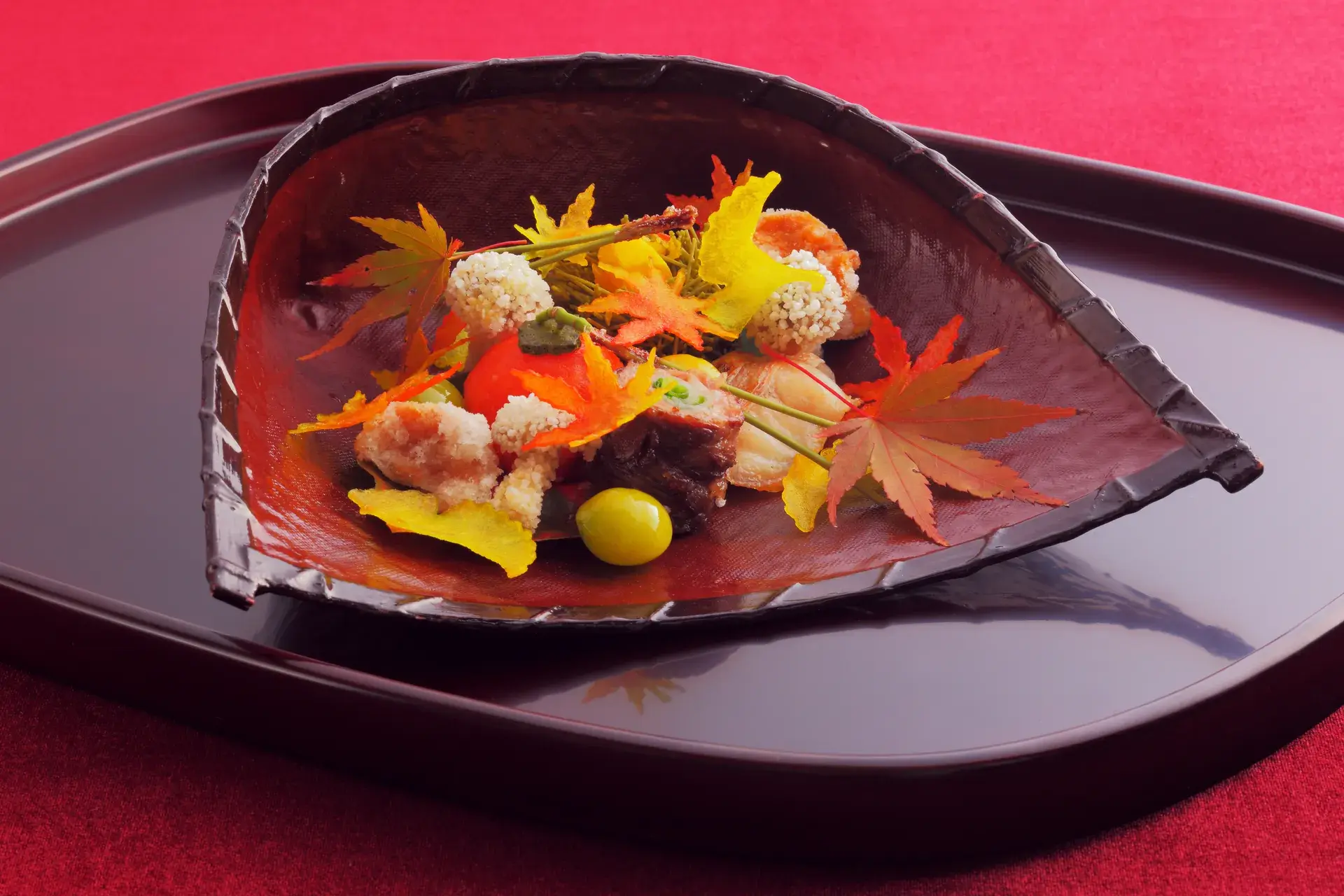
A Two-Michelin-Star Kyoto Culinary Experience at Le Beaulieu
Continuing the ren...
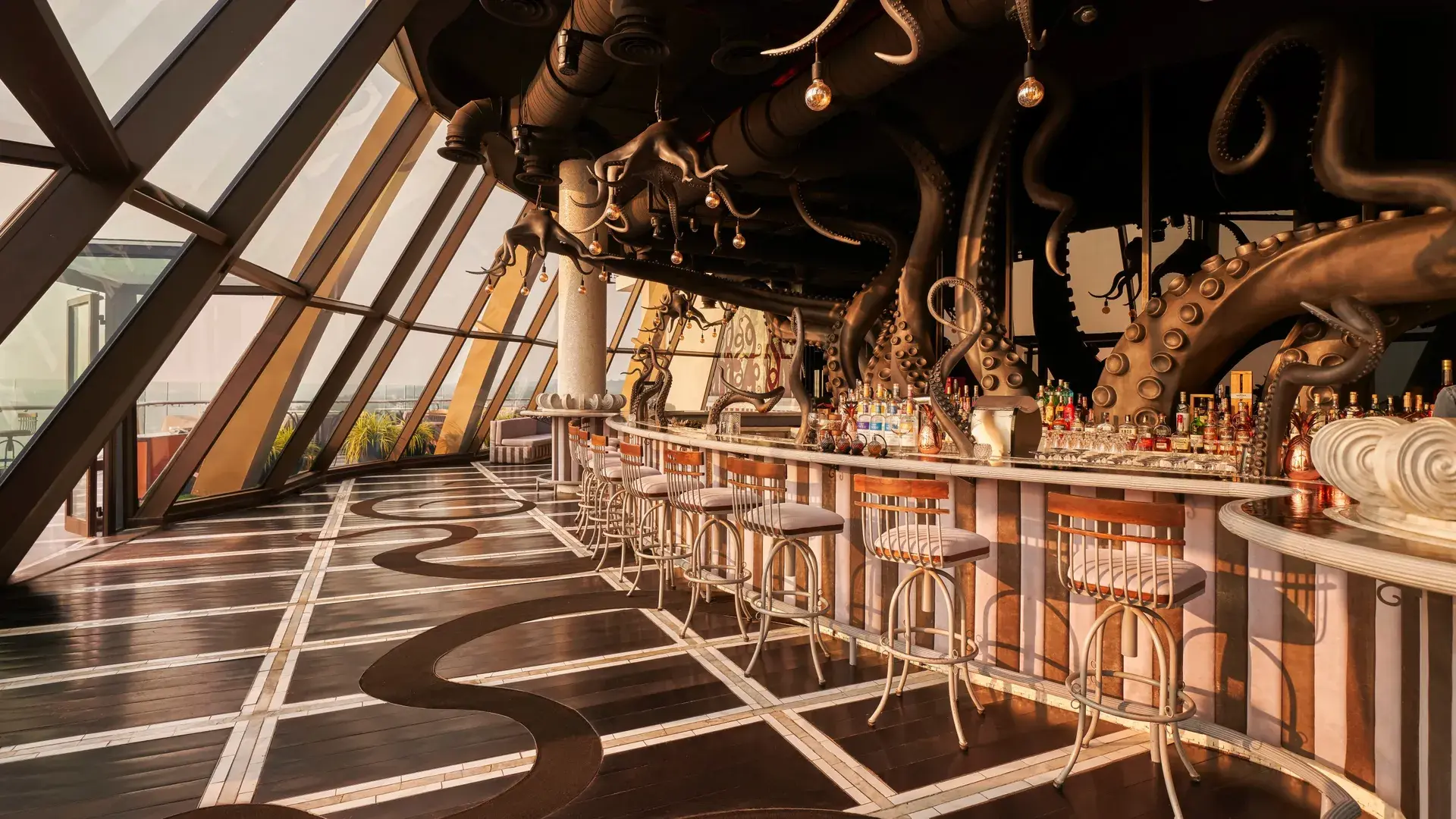
INK 360 – From Sunset Serenity to Midnight Allure
The journey to INK...

